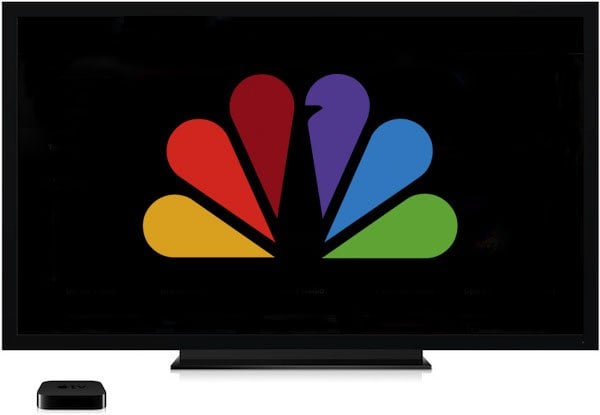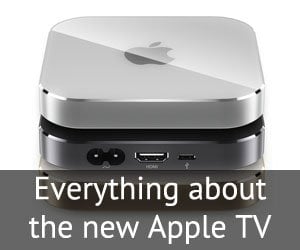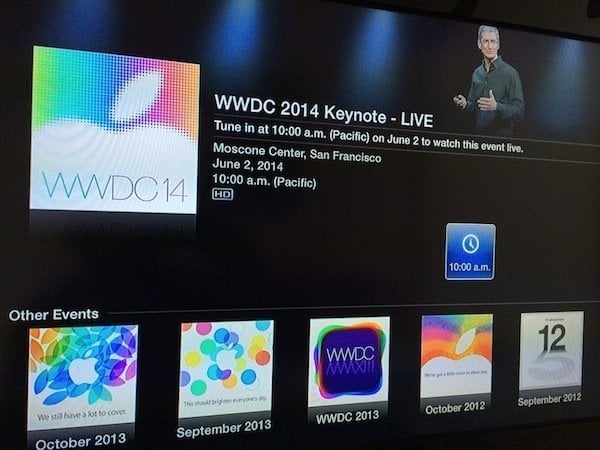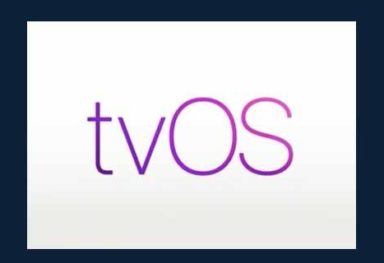
Over the weekend, the WSJ reported that Apple and Comcast are working on a deal to streamline the use of Apple TV to Comcast users, where Comcast would provide the bandwidth to the device via a different ‘channel’, allowing the Apple TV content to be protected from the buffering and quality issues that plague other video services relying on the public internet. This is in sharp contrast to the recent Netflix-Comcast deal, whereby Netflix is directly paying Comcast for bandwidth to Comcast’s customer base.
There are three fundamental issues that come into play with delivering cable television to the home, and this type of arrangement between Apple and Comcast could end up being mutually beneficial in each of these areas.
‘The Pipe’
The capabilities and options to deliver TV to the home depend largely on the infrastructure in place. The historical approach to video was to deliver an analog ‘broadband’ connection, where all TV channels are simultaneously transmitted to every home. The intelligence of which channel to display from that stream of all channels was left to the STB – set top box – that connects the TV to the cable network. In order for advanced services like time-shifting or pay-per-view to function in this type of environment, the majority of the intelligence was sitting on top of the customer television set.
As digital cable has expanded and become ubiquitous, the supporting infrastructure has evolved. In systems like AT&T’s U-Verse, the ‘full stream’ of cable channels are no longer sent to the home simultaneously. Instead, only the channels being watched or recorded are sent, down the same pipe that the home internet uses. The difference is that a portion of this bandwidth is reserved for the ‘TV’ portion of the traffic, and is protected from bittorrent, Netflix, and other internet traffic.
With Netflix using approximately 1/3 of all internet traffic, this becomes a huge sticking point for them to grow. A single Netflix HD stream uses approximately 7 Mb/s of bandwidth, and this bandwidth comes out of the customer’s ‘pool’ of bandwidth. Assuming Apple delivers similar quality, Comcast could colocate the servers delivering this content directly on their network and provide this bandwidth over their reserved ‘TV’ bandwidth, guaranteeing this bandwidth available to their customers regardless of whether or not everyone else in the neighbourhood is streaming Netflix or going crazy on bittorrent.
In order for Netflix to deliver a consistent and high-quality experience to their customers, they have decided to compensate Comcast directly for their bandwidth usage, and provide direct connections from their servers into the Comcast network, but their bandwidth is in no way guaranteed, and can and will be impacted by the number of simultaneous users and what they are doing.
This does bring up some interesting questions around net neutrality. However, it is not unreasonable to think that Comcast has an obligation to their customers to deliver a quality television experience, and providing reserved bandwidth is likely the only way to accomplish this. As long as the rest of their internet traffic isn’t filtered or prioritized in a way that unfairly punishes or rewards competitors, they may be able to steer clear of these issues since their customers are paying for television service as a separate, although bundled, service.
‘The Smarts’
With the cable companies acting like the slow-moving behemothly monopolistic utilities they are, companies like TiVo came to help give the end user a more intelligent and capable experience. This was a requirement in the old days of analog cable and over-the-air television, and has largely remained in place today. Even in the case of smarter television systems, the hard drive storing the buffered television usually sits in the STB. Really advanced systems can share this hard drive between different receivers, but the intelligence is still contained in the home.
This is not an ideal situation for anyone for many, many reasons. Hard drives fail, people don’t provide a clean, temperature-stable environment for the hardware, and the traditional vendors haven’t always prioritized end-user experience, or even been able to spell end-user experience, leading to a very frustrating customer experience.
For Comcast, the concept of having their end-user experience defined by Apple may be appealing. Apple has created a device that is inexpensive at $99, and that could conceivably provide a much better user experience than what exists today. The biggest problem with the Apple model is that it relies on a very intelligent cloud to deliver the content, and the cable companies have historically operated on the exact opposite of this model.
For Comcast to replace their user experience with Apple TV, they would have to create a very significant internal server infrastructure to deliver live content to millions of users. Luckily, the migration to digital and intelligent television has already accomplished a significant amount of this upgrade, but the DVR/time-shifting capabilities still primarily exist in the home today, and this capability would have to be moved to Comcast’s data centers.
When looking at the infrastructure Apple has been investing in for their content delivery networks, a reasonable theory to consider is that they may be preparing either a reference infrastructure for the cable companies or even preparing to host a significant amount of the infrastructure themselves, and just put in a pipe to the cable providers’ networks.
‘The Content’
Most of the recent rumors and discussions on Apple’s difficulties in entering the home TV market have centered around content contractual issues, and with good reason. The cable companies have used every legal option at their disposal to maintain their stranglehold monopoly over their users. One of the most effective ways of doing this is to “own” the content and channel broadcast rights for their user base. These contractual ties are so tight that as many content providers have created iOS, Apple TV, and Android apps, they are only available with full functionality to cable subscribers.
While this is likely not a viable long-term strategy to stop the ‘cord-cutters’, it certainly is a significant impediment to going cable-free in the short term. If you enjoy broadcast television, premium cable, or nearly any sporting events, you must have a subscription to cable TV to legally view the content through the network’s own applications.
By partnering with the cable companies, Apple sidesteps this issue for the time being. If Comcast is ‘just another app’ on the Apple TV, THEY are responsible for the contractual obligations, and they already likely have all of the necessary rights. Nothing in the Apple TV ecosystem is fundamentally that different from how cable content is delivered today, and will likely fall within the current contracts or require minimal changes.
Long-term, it is likely the content providers will move more ‘upstream’ and the premium channels will market directly to their consumers like Netflix does today, but that is many years and many contract renegotiations away. Today, cable is the in the driver’s seat.
The Biggest Winner: Everyone
Comcast wins because their customers get a better user experience, and they are paid whether the user is watching their cable content, a movie on Netflix, or buying a movie on iTunes.
Apple wins because they own the living room, which is all they really want in the first place.
Netflix wins because every home with an Apple TV installed, they have another device with their app available.
This may be the wave of the future, and the biggest losers would be the current STB providers. Based on how terrible their products are, will anyone care?
Also read:








Comments
Be The First to Comment